When Do I Need to Replace the Timing Belt or Serpentine Belt?
Highlights:
- Timing belts and serpentine belts are critical for engine function and safety.
- Replacement intervals depend on manufacturer recommendations and vehicle age.
- Warning signs include squealing noises, cracks, or loss of performance.
- Neglecting replacement can cause severe engine damage and costly repairs.
- TLS Auto Specialist helps drivers in Euless, TX keep belts in top condition.
Timing belts and serpentine belts are two of the most important components under your vehicle's hood. The timing belt keeps the crankshaft and camshaft in sync, while the serpentine belt powers vital accessories such as the alternator, air conditioning, and water pump. When either belt begins to fail, your car can quickly become undrivable. Understanding when replacement is necessary helps drivers in Euless, TX avoid breakdowns and costly engine damage. At TLS Auto Specialist, technicians often emphasize the importance of belt inspections as part of routine maintenance.
Recommended Replacement Intervals
A timing belt typically lasts between 60,000 and 100,000 miles depending on the vehicle's make and model. Serpentine belts generally last longer, around 90,000 miles, though this can vary. According to Dayco, both timing belts and serpentine belts should be inspected by 60,000 miles and are often due for replacement by 90,000 miles, since rubber naturally degrades with age as well as mileage. This means that even if you don't drive often, your belts can still dry out, crack, and eventually snap, causing sudden vehicle failure on the road.
Risks of Ignoring Belt Maintenance
Ignoring belt maintenance can be a costly mistake. A broken serpentine belt may cause the power steering to fail, the alternator to stop charging, or the air conditioning to shut down. Worse, a snapped timing belt can result in catastrophic engine damage, as valves and pistons collide. According to AAA, worn belts and hoses are among the top causes of vehicle breakdowns, stranding thousands of drivers each year. Preventative replacement is far more affordable than repairing the extensive damage caused by waiting too long.
FAQ
What's the difference between a timing belt and a serpentine belt?
The timing belt controls engine timing, while the serpentine belt powers multiple accessories such as the alternator and power steering.
How do I know which one my vehicle needs replaced?
Your owner's manual provides recommended intervals, but a mechanic can inspect both belts for wear and advise accordingly.
Is replacing belts a DIY job?
Serpentine belts are simpler to replace, but timing belts are complex and usually require professional service.
Recognizing signs of belt wear is crucial. Serpentine belts may squeal, slip, or show cracks on their surface. Timing belts, being less visible, are harder to check, but symptoms like engine misfires, rough idling, or difficulty starting can point to problems. According to Consumer Reports, inspecting belts and hoses regularly is vital because these components degrade with age (dry out, crack) even in low-mileage vehicles, and neglecting them is a common cause of breakdowns. In Euless, TX, drivers who notice these warning signs can bring their vehicles to TLS Auto Specialist for inspection and timely replacement.
Benefits of Timely Belt Replacement
Replacing belts before they fail is the best way to avoid being stranded. Mechanics often check belt tension, alignment, and overall condition during regular service visits. If cracks, fraying, or significant wear are detected, immediate replacement is recommended. While serpentine belts are relatively inexpensive to replace, timing belt replacements may be more costly due to the labor involved. Still, this preventative maintenance is far cheaper than repairing a damaged engine caused by a snapped timing belt.
Following Manufacturer Guidelines
Vehicle manufacturers provide maintenance schedules that indicate when belts should be replaced. Following these guidelines is the most reliable way to protect your engine. Some vehicles may require timing belt replacement at 60,000 miles, while others extend to 100,000 miles. Serpentine belts are often checked during every service appointment and replaced as needed. Local drivers in Euless, TX can rely on TLS Auto Specialist to track these intervals and recommend the right time for replacement.
How much does it cost to replace a timing belt?
Costs vary by vehicle, but timing belt replacement can range from $500 to $1,000 due to labor intensity.
What happens if my serpentine belt breaks while driving?
The alternator, water pump, and power steering can fail, leading to overheating and loss of control.
Do newer cars still use timing belts?
Some modern vehicles use timing chains instead, which typically last longer but still require inspection.
FAQ
Another factor to consider is driving conditions. Extreme heat, stop-and-go traffic, and frequent short trips can accelerate belt wear. Rubber components degrade faster under stress, making regular inspections even more important in areas like Euless, TX where summer heat is common. At TLS Auto Specialist, technicians are trained to spot early wear and provide timely replacement before damage occurs. Proactive maintenance gives drivers peace of mind, especially before long trips or during heavy commuting seasons.
Related Maintenance Considerations
Belts are also connected to other essential parts. For example, when replacing a timing belt, mechanics often suggest replacing the water pump simultaneously since both components are usually accessed at the same time. This practice helps save on future labor costs and ensures overall system reliability. Drivers who treat belt replacement as part of larger preventative care will benefit from smoother performance and fewer unexpected breakdowns on the road.
Importance of Professional Inspections
Ultimately, the best way to know when to replace your timing belt or serpentine belt is to combine manufacturer recommendations with professional inspections. Regular maintenance not only extends the life of your car but also prevents costly emergencies. For drivers in Euless, TX, scheduling service with TLS Auto Specialist ensures belts and other critical components are checked and replaced at the right intervals, keeping vehicles safe and dependable for everyday use.
FAQ
Can I drive if my belt is making noise?
It's risky. Noise often signals imminent failure, so driving further may cause sudden breakdowns.
How long does it take to replace a serpentine belt?
In many cases, a serpentine belt replacement takes less than an hour at a repair shop.
Should I inspect belts myself?
A visual check can help, but professional inspections are more thorough and accurate.
When it comes to vehicle maintenance, belts are among the simplest yet most critical components to keep in good condition. While it might be tempting to delay service until a problem becomes obvious, this approach often results in far greater expenses down the road. A snapped timing belt can leave you with severe engine damage, while a failed serpentine belt can strand you without essentials like power steering or a functioning alternator. Both situations are avoidable with proactive inspections and timely replacement.
Expert Support in Euless, TX
For drivers in Euless, TX, TLS Auto Specialist offers expert diagnostic services that go beyond a simple glance under the hood. Their technicians know the subtle signs of belt wear and use the right tools to measure tension, alignment, and surface condition. By investing in professional care now, you not only save yourself from costly repairs but also maintain the overall reliability of your vehicle. Routine maintenance may feel like an extra step, but in reality, it's one of the most effective ways to preserve safety, extend vehicle life, and keep your daily routine uninterrupted.
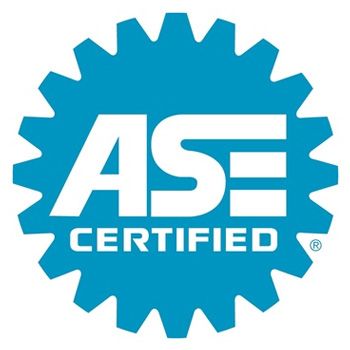

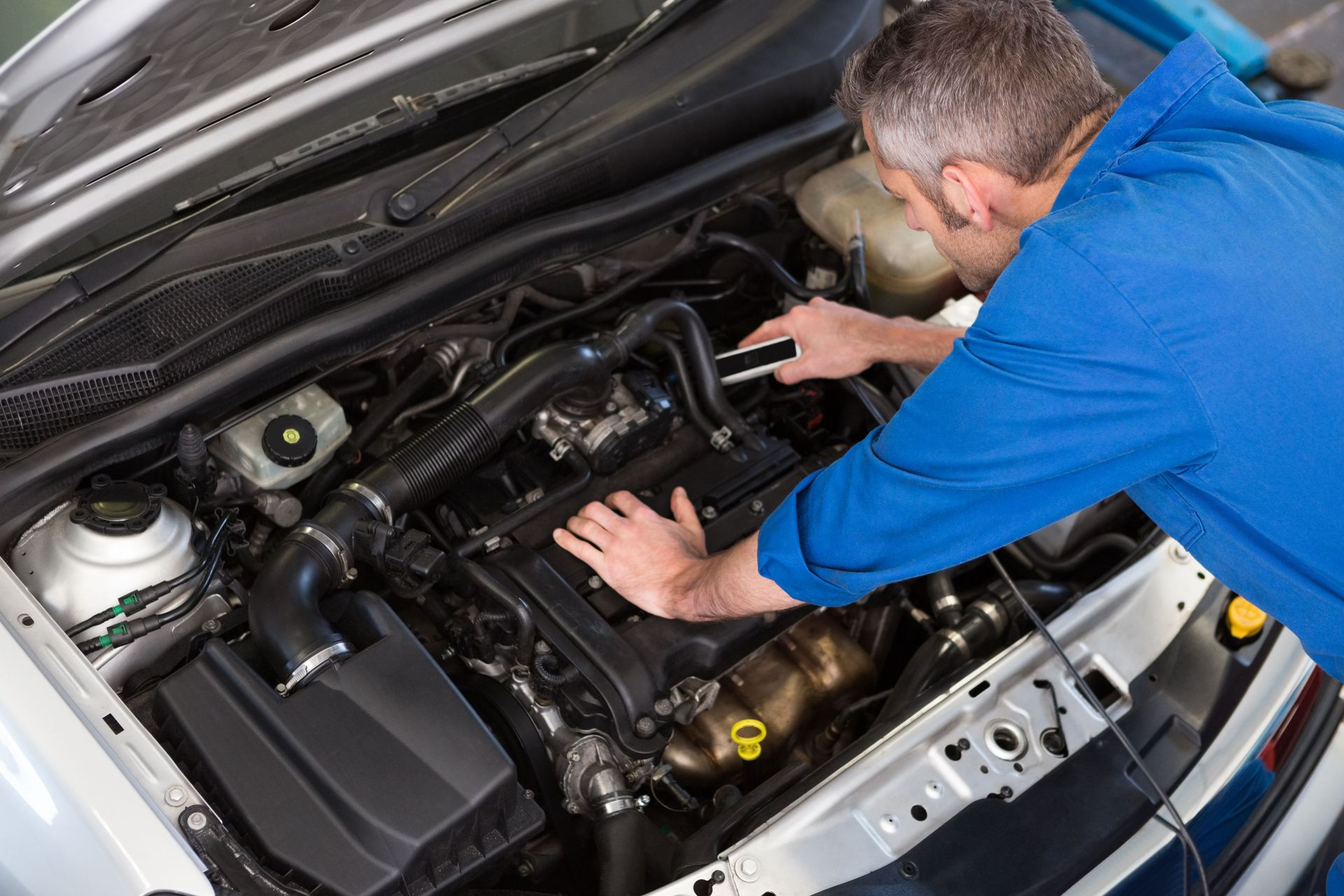
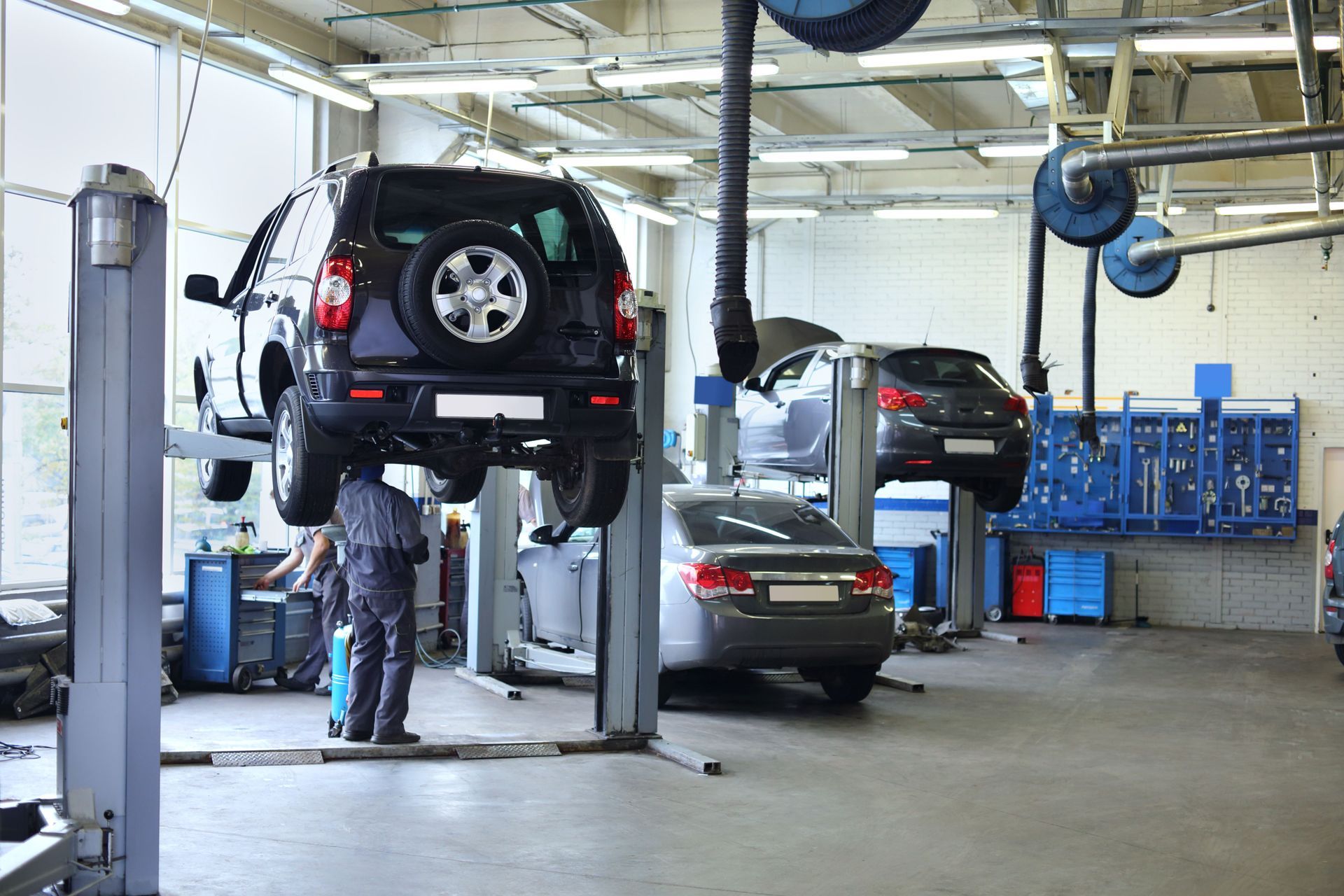

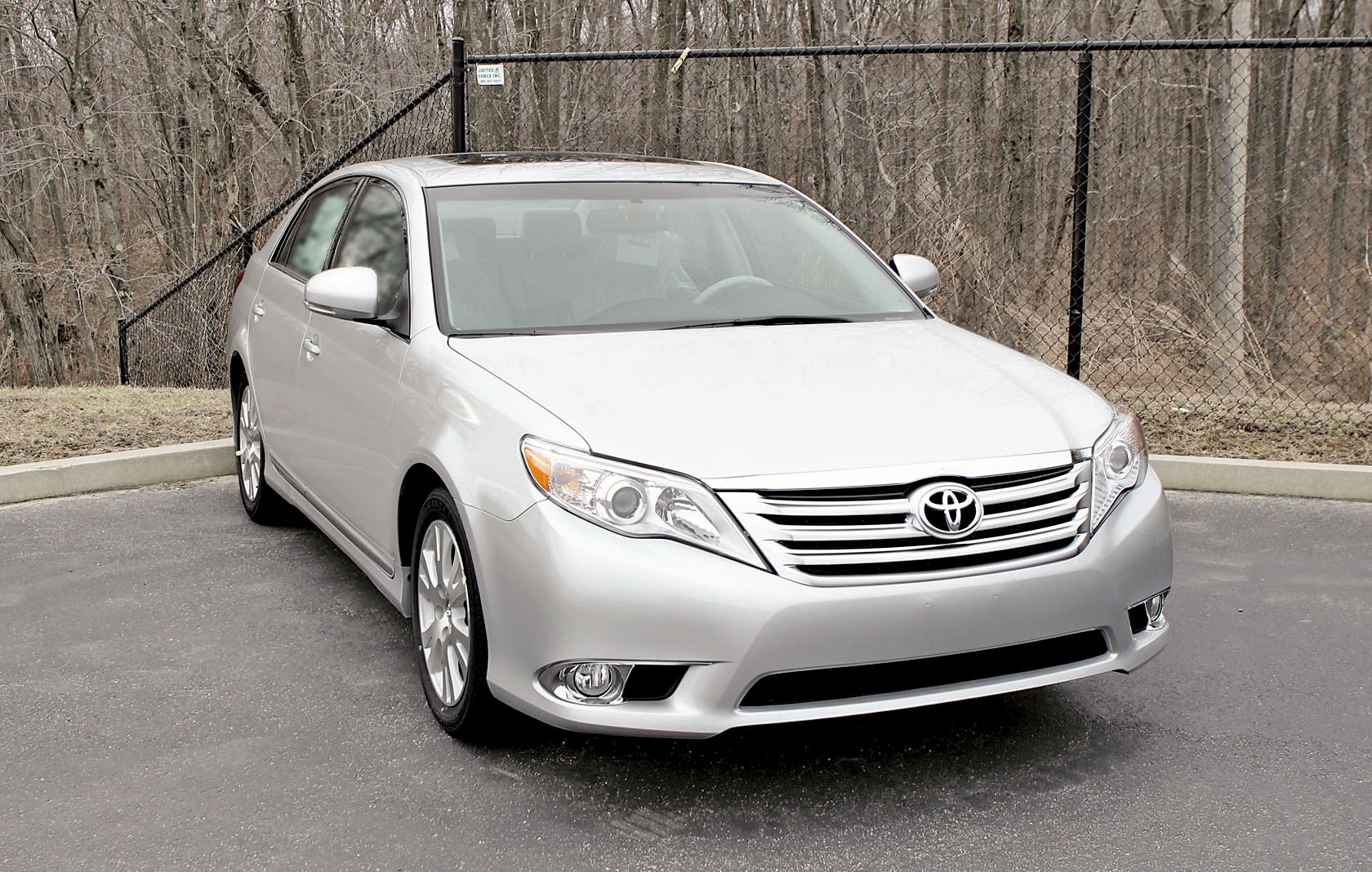


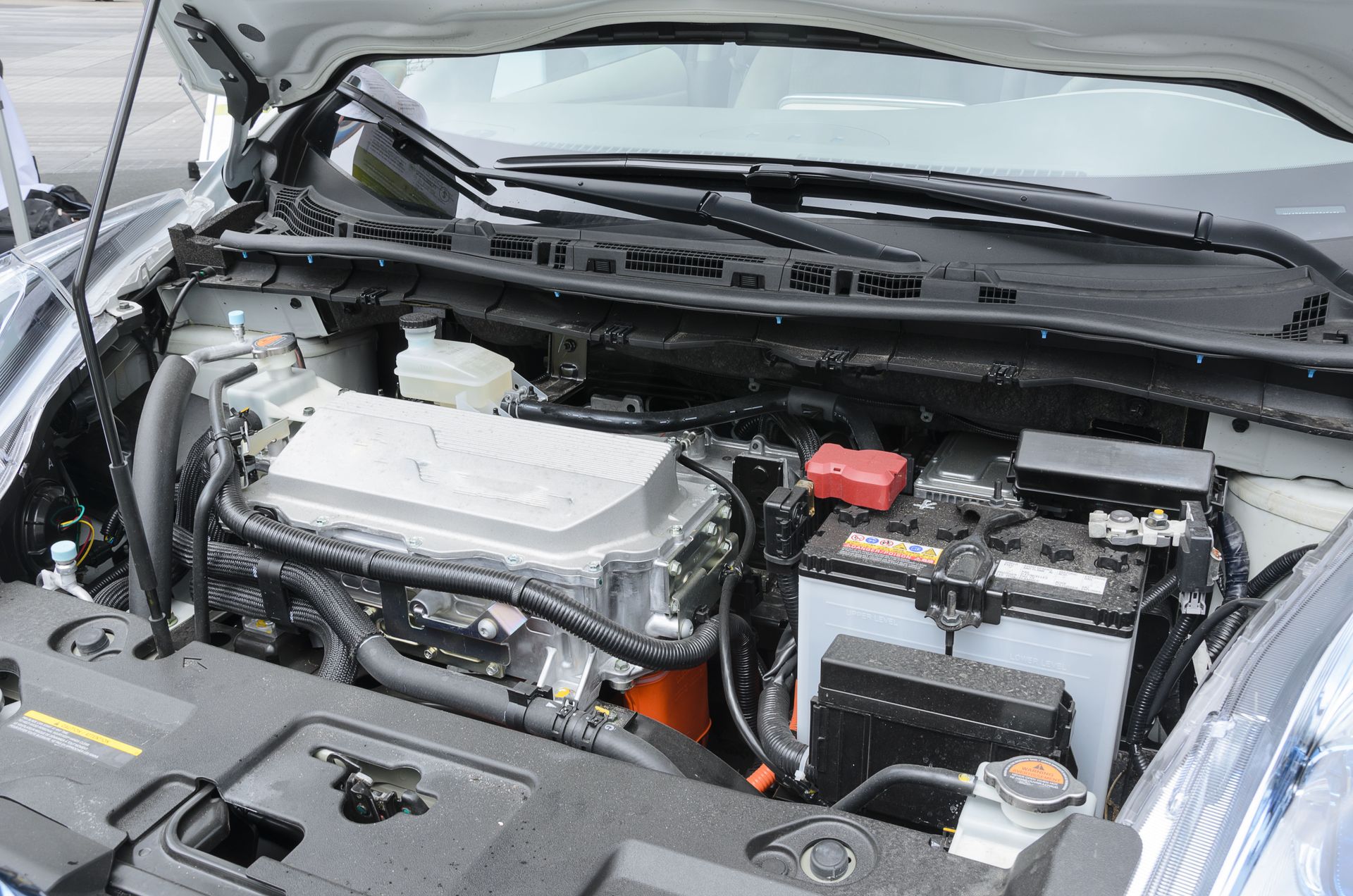

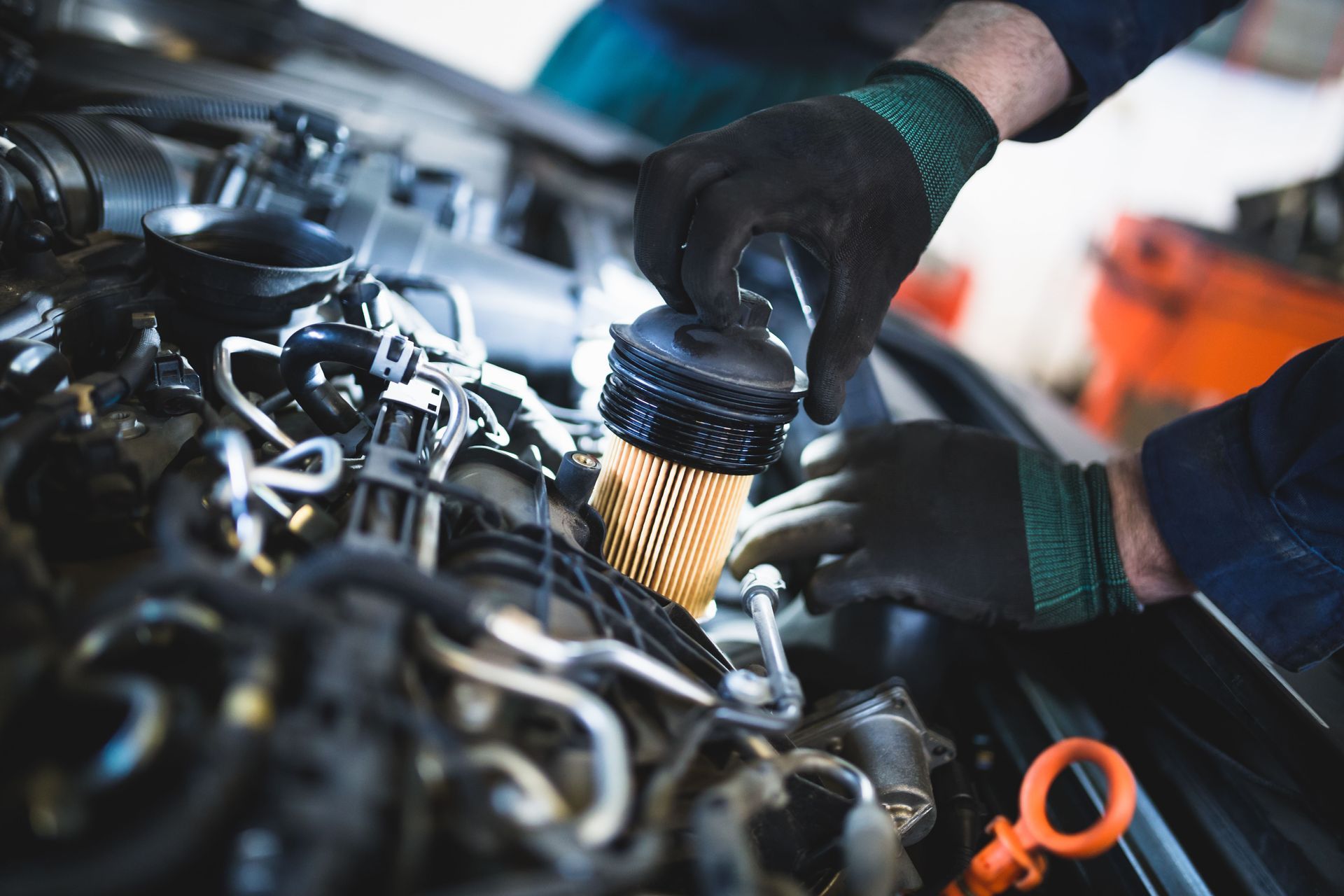

Share On: